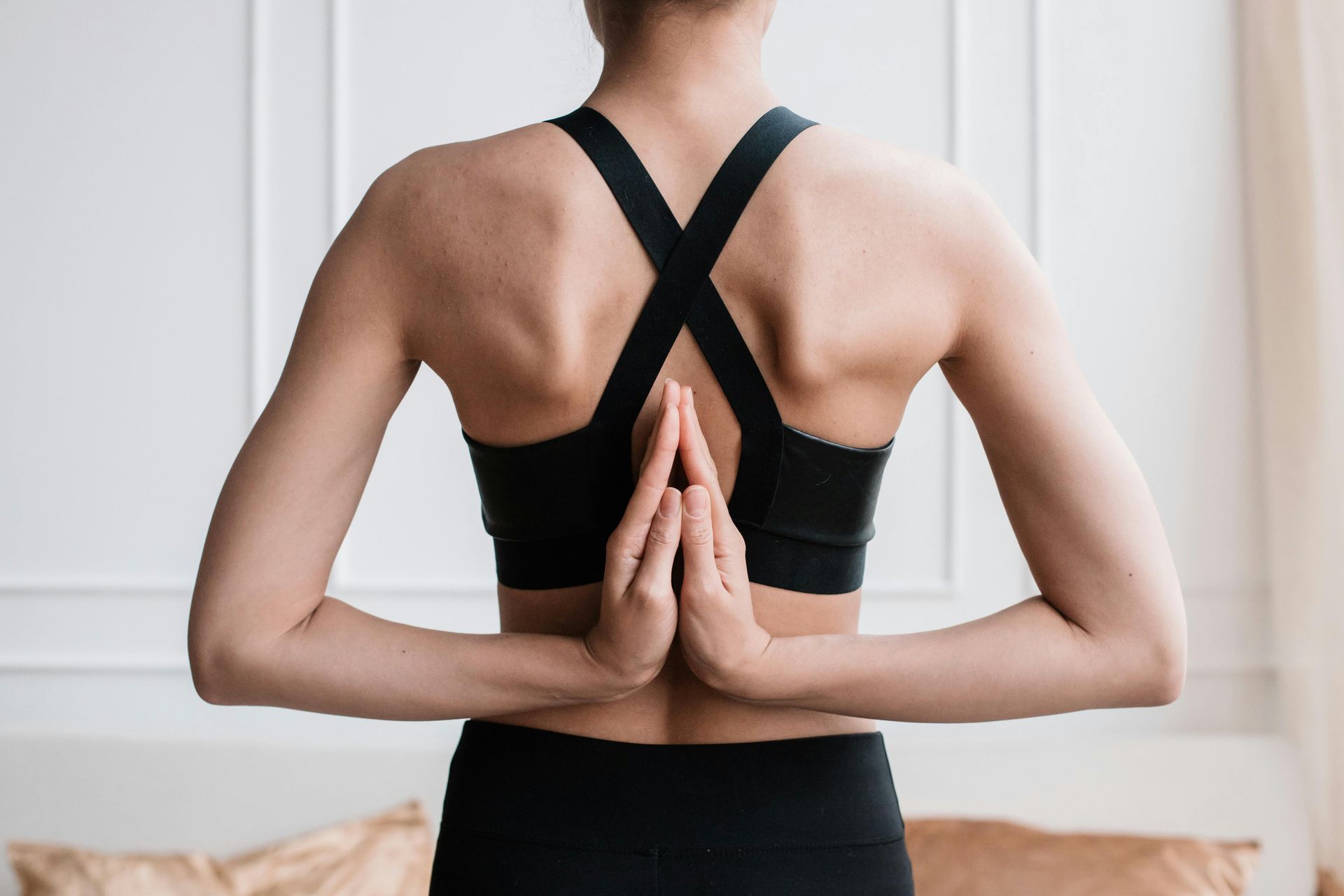The Benefits of Pilates for Strength and Flexibility
Pilates is a low-impact exercise routine aimed at enhancing posture, strength, and flexibility. It is an excellent choice for individuals of all fitness levels because it emphasises breathing techniques, controlled movements, and core stability. This exercise system has gained worldwide popularity for enhancing physical and mental well-being.
Pilates benefits people of all ages and abilities, whether you want to improve mobility, build lean muscle, or recover from an injury
Why Pilates is a Great Workout
Builds Core Strength and Stability
Pilates' capacity to target and strengthen the deep core muscles—which include the abdominals, obliques, lower back, and pelvic floor—is one of its main benefits. In contrast to conventional strength training, Pilates places a strong emphasis on using the core in each movement, which results in:
- Improved posture and spinal alignment
- Reduced lower back pain
- Enhanced overall balance and stability
- A strong core supports everyday movements and is crucial in athletic performance and injury prevention.
Enhances Flexibility and Mobility
For people who want to increase their range of motion, Pilates for flexibility is a great option. Pilates uses dynamic movements that simultaneously lengthen and strengthen muscles, in contrast to static stretching. Increased flexibility has the following advantages:
- Increased ease of movement in daily activities
- Reduced muscle stiffness and tension
- Better circulation and muscle recovery
Supports Posture and Spinal Health
Back pain, tension headaches, and decreased lung capacity are just a few of the health problems that can result from poor posture. Pilates places a strong emphasis on postural awareness and spinal alignment, which benefits people by:
- Strengthen the muscles that support proper posture
- Reduce strain on the neck and shoulders
- Develop a more upright and confident stance
Frequent Pilates exercises promote body awareness and help avoid postural imbalances caused by extended sitting or bad movement patterns.
Key Benefits of Pilates
Strength and Muscle Tone
Unlike traditional weightlifting, strength training with Pilates focuses on controlled, low-impact movements that build long, lean muscles. Some advantages include:
- Increased muscular endurance without excessive bulk
- Improved joint stability and coordination
- A balanced approach to full-body strengthening
Many Pilates exercises utilise body weight as resistance, but equipment such as resistance bands, Pilates rings, and the reformer machine can add variety and challenge.
Improved Flexibility and Mobility
Pilates for flexibility involves gentle, controlled stretching that enhances movement efficiency. By combining strength with flexibility, Pilates helps create:
- A greater range of motion without strain or discomfort
- Increased muscle elasticity, reducing the risk of strains and sprains
- Enhanced neuromuscular coordination through mindful movement
Breathing techniques play a crucial role in Pilates flexibility training. Controlled breathing enhances relaxation, improves muscle oxygen flow, and deepens stretches for more effective results.
Injury Prevention and Rehabilitation
Pilates is widely used in physical therapy settings because of its rehabilitative benefits. It strengthens muscles without placing excessive strain on joints, making it an ideal exercise for injury recovery. Key Pilates benefits for injury prevention and rehabilitation include:
- Strengthening muscles around vulnerable joints
- Enhancing proprioception (body awareness) to prevent falls and misalignments
- Providing a low-impact alternative to high-intensity exercise
Some of the best Pilates exercises for injury recovery include:
- Pelvic tilts – Helps relieve lower back pain and improve core strength
- Leg circles – Strengthens hip stability and mobility
- Bridges – Engages the glutes and hamstrings while supporting the spine
How to Incorporate Pilates Into Your Routine
Choosing Between Mat-Based vs. Reformer Pilates
There are two primary types of Pilates practice: mat-based and reformer Pilates.
Understanding their differences can help you choose the right style for your fitness goals.
- Mat Pilates: Uses body weight for resistance and is accessible to beginners.
- Reformer Pilates: Incorporates a specialised machine with adjustable springs for added resistance and variety.
Although there are many advantages to both approaches, reformer Pilates is a great choice for those looking for advanced training or rehabilitation because it offers more support and challenge.
How Often to Practice for Optimal Results
Consistency is key for noticeable improvements in strength training with Pilates and flexibility. The ideal frequency for practising Pilates depends on individual goals:
- Beginners: 2-3 sessions per week to build foundational strength and flexibility
- Intermediate/Advanced: 4-5 sessions per week for deeper muscle engagement and progression
- Rehabilitation Purposes: Daily or as recommended by a physical therapist
Pilates can be combined with other forms of exercise, such as yoga, strength training, or cardiovascular workouts, for a well-rounded fitness routine.
Best Pilates Exercises for Beginners
If you are new to Pilates, starting with fundamental exercises can help build confidence and ensure proper technique. Some beginner-friendly moves include:
- The Hundred – A classic core-strengthening exercise that improves endurance and breath control.
- Roll-Ups – Enhances spinal mobility and strengthens the abdominals.
- Single-Leg Circles – Focuses on hip flexibility and stability.
- Bridges – Strengthens the glutes and lower back while promoting spinal alignment.
- Cat-Cow Stretch – Improves spinal mobility and warms up the core.
Progressing to more advanced exercises, such as the Teaser or Swan Dive, can further challenge strength, balance, and flexibility.
Conclusion
Pilates is an excellent way to enhance strength training, flexibility and overall body control. Whether your goal is to build core strength, improve mobility, or recover from an injury, Pilates benefits individuals of all fitness levels. By incorporating Pilates for flexibility and strength into your routine, you can experience improved posture, increased muscle endurance, and reduced risk of injury.
If you're looking for a low-impact, effective workout that strengthens the body and mind, try Pilates. Start your Pilates journey today and feel the transformative benefits firsthand!


